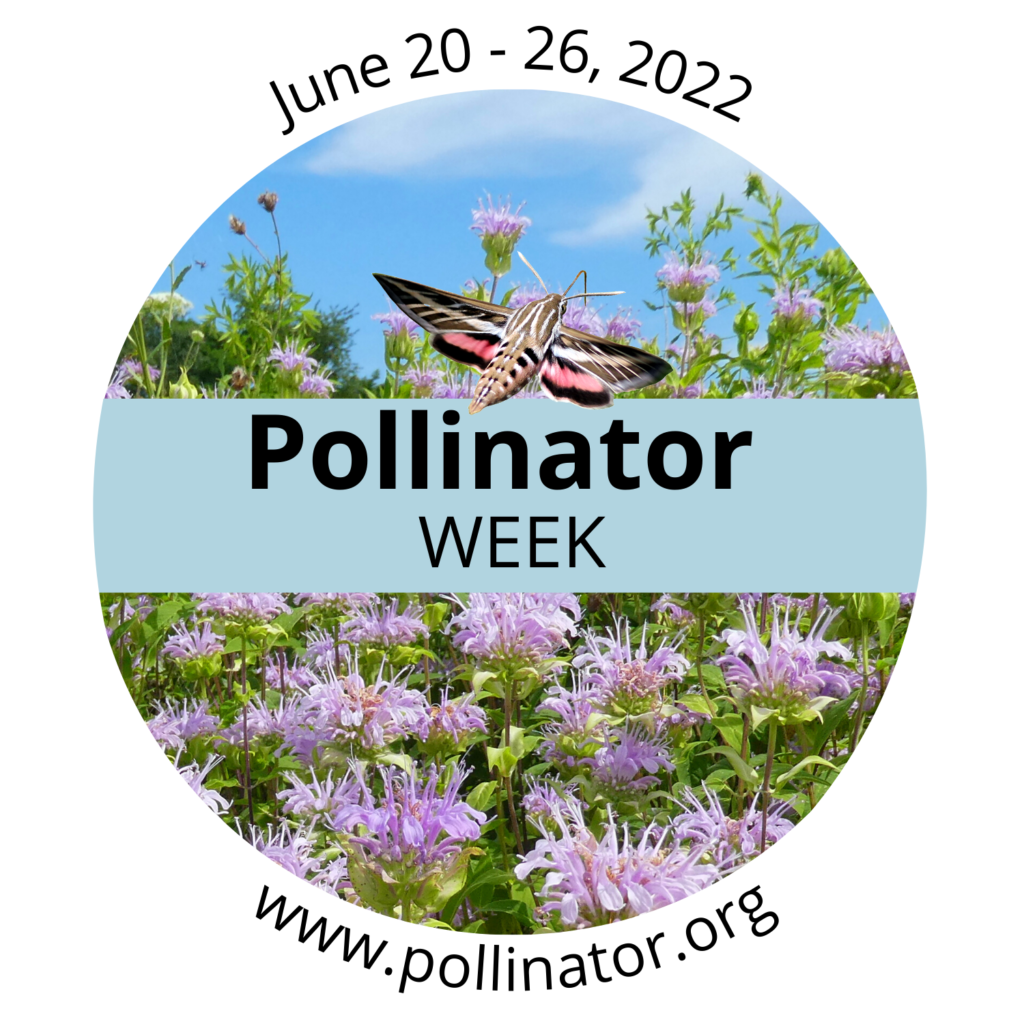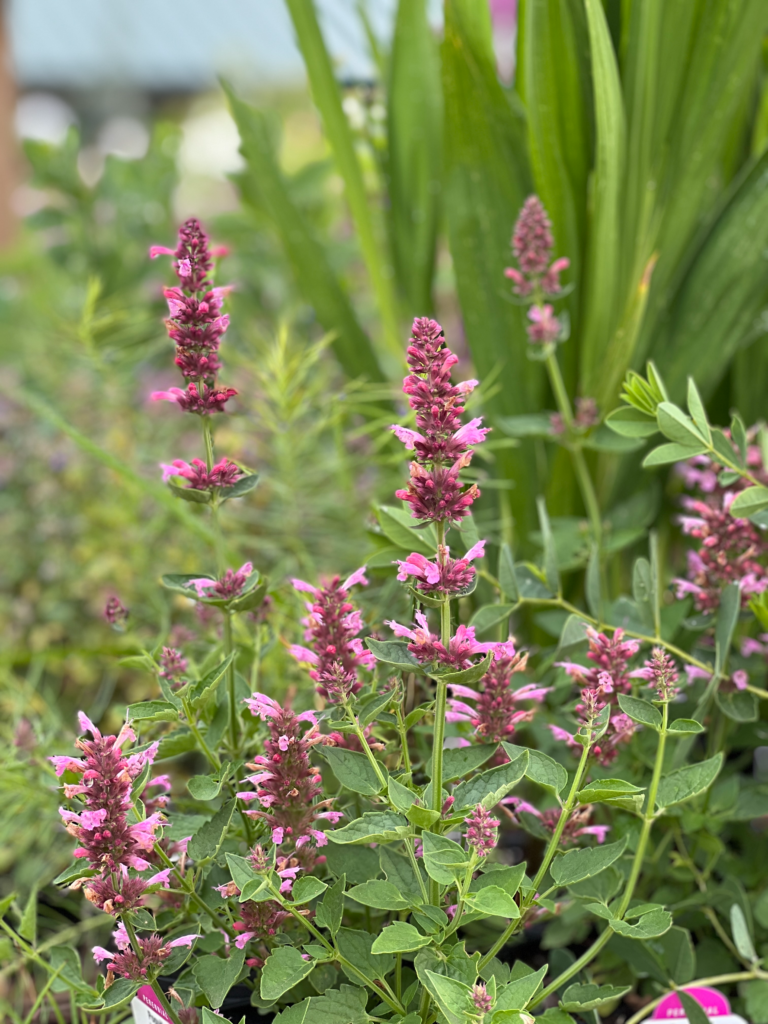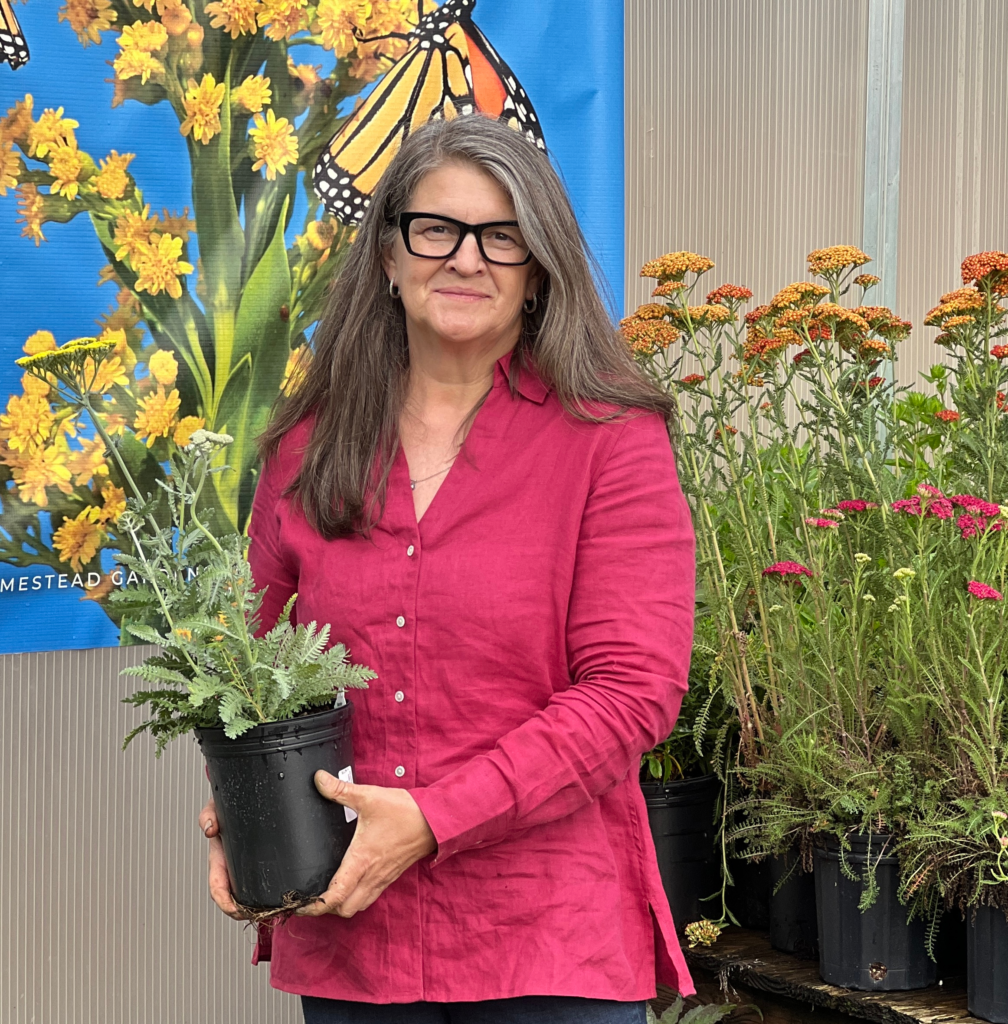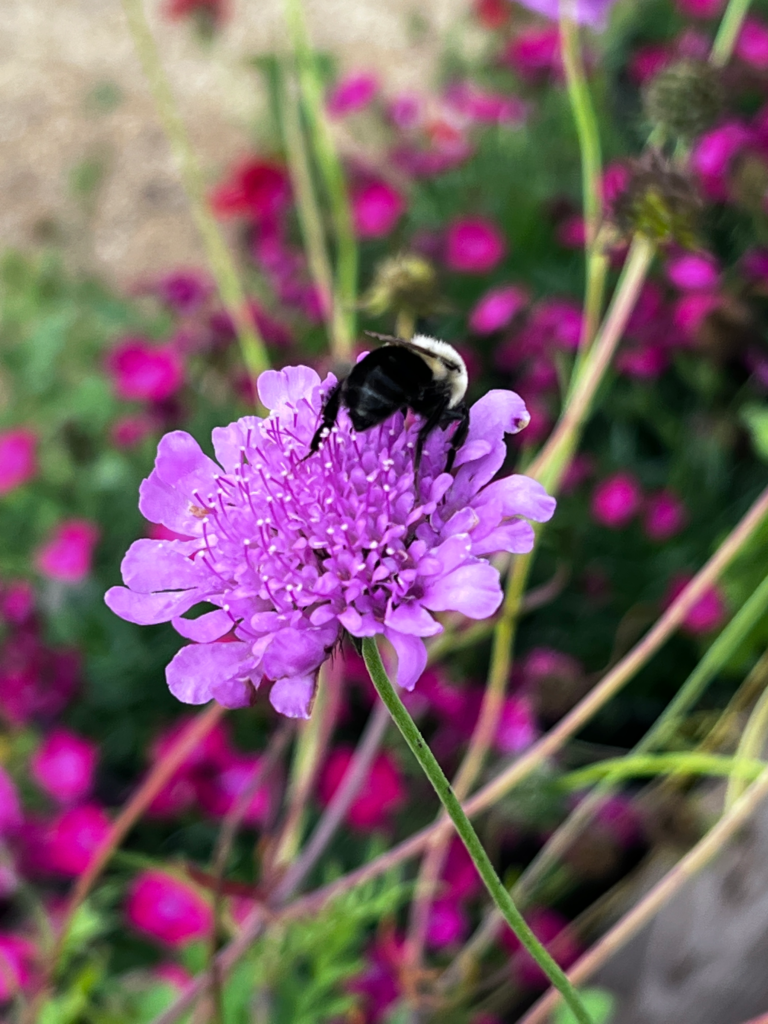Nature’s MVPs: Most Valuable Pollinators





By Kathy Knotts
What’s the buzz in Chesapeake Country? The birds and the bees know. And the butterflies and bats.
June 20 through 26 is National Pollinator Week, an annual event to celebrate pollinator health and spread awareness on how we can protect these important creatures.
Somewhere between 75 and 95 percent of all flowering plants on the earth need help with pollination—they need pollinators, says Pollinator Partnership, the organization behind National Pollinator Week (pollinator.org). Pollinators provide pollination services to over 180,000 different plant species and more than 1,200 crops. That means that one out of every three bites of food you eat is there because of pollinators. If we want to talk dollars and cents, pollinators add $217 billion to the global economy and honey bees alone are responsible for between $1.2 and $5.4 billion in agricultural productivity in the United States. In addition to the food that we eat, pollinators support healthy ecosystems that clean the air, stabilize soils, protect from severe weather, and support other wildlife.
The Maryland Park Service is celebrating its 15th anniversary of its Park Quest program with pollinator-themed missions in state parks. So, we sent writer Molly Weeks Crumbley on a Park Quest to Calvert Cliffs.
But before we sent Molly off on her quest, we wanted to learn more about why pollinators are important and what we can do to keep them buzzing and flitting.
Heather Wheatley is a certified Chesapeake Bay Landscape Professional, certified professional horticulturist, and director of education at Homestead Gardens. Wheatley’s job is to build an army of gardeners and educators who know what she knows—namely how native plants can help save pollinators. The following is an abbreviated Q&A of her conversation with CBM Bay Weekly Editor Kathy Knotts.
Q: Why do we need pollinators; how do they contribute to the planet?
A: So, a caterpillar (moth) does the job of pollinating at night, but during the day it also feeds birds. So, there’s a circle of pollinators and their young being attracted to plants, which not only provides food for us, but it provides food for our regional animals. Things like grubs become pollinators, but also feed lots of meat-eating animals. Attracting pollinators and promoting biodiversity connects all the parts of the food chain, from animal to human.
Q: What are some other pollinators we may not know about?
A: Everyone loves the monarch (butterfly), it’s beautiful and romantic, and it’s what we have learned a pollinator looks like. But we don’t want just one species doing the work of pollinating. We need dozens—even the ones that aren’t pretty, like the hover fly, bats, and nighttime moths. If the only time you see a moth is when it’s a caterpillar and you freak out and crush it—you have just reduced the pollination night shift. It is essential for us to have pollinators working round the clock. Our county (Anne Arundel) is almost half farmland, if you don’t have pollinators, we don’t have food.
Q. What kinds of obstacles do pollinators face?
A: People don’t like bees, they freak out, they get scared of them. The percentage of people actually allergic to bees is really small but people who are just afraid of them will say they are allergic to justify killing them. Ants are considered a nuisance but they are pollinators, too.
A big problem is our pesticide use. We spray chemicals on our weeds, and when winged pollinators or egg layers pass over that lawn or garden, we are essentially nuking them. Even organic chemicals can knock out a lot of pollinators when airborne.
Q: How can we help pollinators?
A: I have three main suggestions.
1. Redefine what a beautiful yard looks like. Consider an alternative to grass in your lawn. Your lawn is a monoculture, it’s one kind of plant and it doesn’t offer any biodiversity. Try planting bee grass, a combination of plants you can still mow—if that’s what your Saturday looks like to you. It includes clover and other foraging plants that bees like. Or in early spring when the first pollinators are coming out, commit to No Mow May. Pollinators need to set flowers for the season, they need the clover, the dandelion—most of those early perennial weeds are what they are looking for, they are desperate for them. Consider even just giving up one section of your yard to not mowing.
2. Integrate your ornamental gardens with natives and nativars. Plant a good selection of choice pollinating plants. Some plants do double-duty, providing food for pollinators but also stormwater management. Plant ornamental grasses, too, because you need a place for winged things to shelter in place quickly, somewhere for them to hide. Shop at an independent garden center with an educated staff, they have gone through a rigorous training program for identification and they can help you pick out the right plants. Do your research before you shop: visit millionpollinatorgardens.org and input your zip code for a list of native plants for your region. You don’t have to go all native, small steps count. Then register your garden on that site and you get a sign for your yard. When your neighbors see how beautiful your yard is and see that sign, they are going to want to do this.
3. Don’t be so tidy in the fall and cut everything back. A lot of pollinators go inside the plant’s tube and overwinter there, laying eggs, or raising their young. Maybe tidy up like 70 percent of the yard, but leave some of those remnants in the garden. Birds will eat the seeds from what remains of echinacea or black-eyed Susans. It’s beautiful for you, too. It’s magnificent to see ice-covered plants in winter, they are like garden sculptures. So, you get another season of interest for yourself while supporting the pollinators.
Want more ideas for Pollinator Week? Jug Bay Wetlands Sanctuary in Lothian hosts a pollinator program every Wednesday. Join staff and volunteers (8-11am) at the Emory Waters Nature Preserve and learn about native perennials that support our native butterflies, bees, and other pollinators. (More at jugbay.org).
